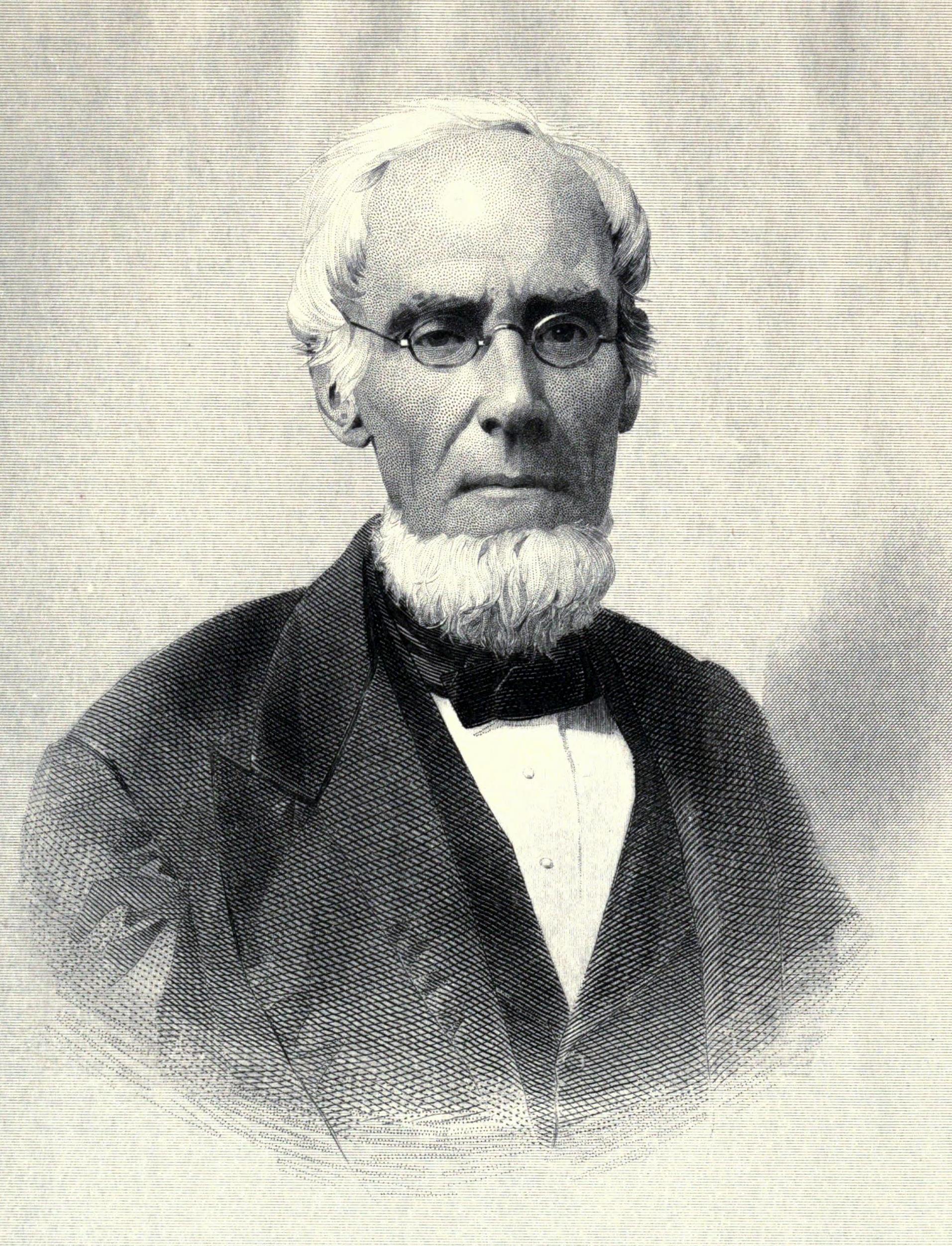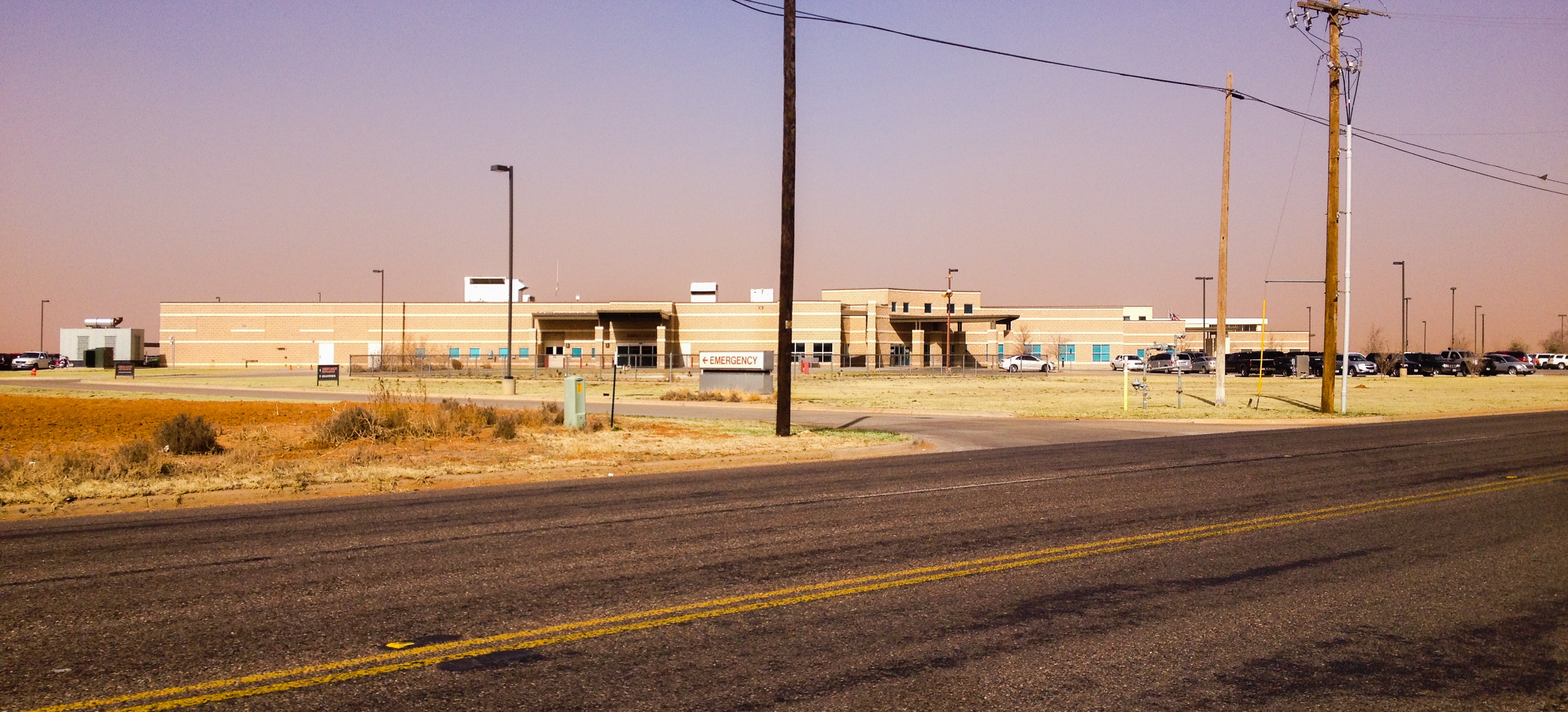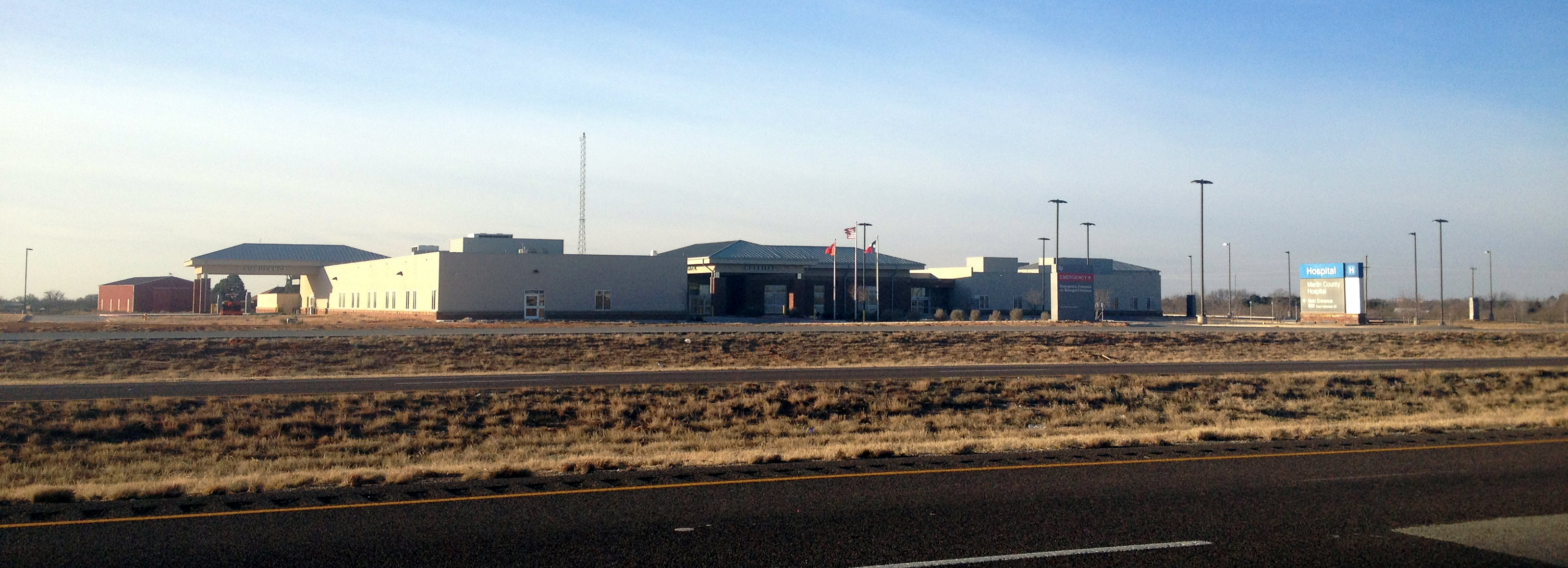|
Borden County, Texas
Borden County is a rural county located in the U.S. state of Texas. It is in West Texas and its county seat is Gail. As of the 2020 census, its population was 631, making it the fifth-least populous county in Texas. Borden is one of six prohibition or entirely dry counties in the state of Texas. The county was created in 1876 and later organized in 1891. Gail and Borden County are named for Gail Borden Jr., businessman, publisher, surveyor, and inventor of condensed milk. History Native Americans Shoshone and the Penateka band of Comanches were early tribes in the area. County established Borden County was created in 1876 from Bosque County and named for Gail Borden Jr., the inventor of condensed milk. Borden was publisher and editor of the ''Telegraph and Texas Register'', as well as a political leader in the Republic of Texas. The county was organized in 1891, and Gail was made the county seat. Farmers and ranchers settled the county, but the population remained r ... [...More Info...] [...Related Items...] OR: [Wikipedia] [Google] [Baidu] |
Gail Borden
Gail Borden Jr. (November 9, 1801 – January 11, 1874) was a native New Yorker who settled in Texas in 1829 (then still Mexico), where he worked as a land surveyor, newspaper publisher, and inventor. He created a process in 1853 to make sweetened condensed milk. Earlier, Borden helped plan the cities of Houston and Galveston in 1836. Borden's process for making sweetened condensed milk enabled the dairy product to be transported and stored without refrigeration, and for longer periods than fresh milk. After returning to the New York area to market another product, he set up factories for condensed milk in Connecticut, and later in New York and Illinois. Demand by the Union Army was high during the American Civil War. His New York Condensed Milk Company changed its name to Borden Dairy Co. after his death. Early life Gail Borden Jr. was born in Norwich, New York, on November 9, 1801, to Gail Borden, Sr. (1777–1863), and Philadelphia (née Wheeler) Borden (1780–1828). The ... [...More Info...] [...Related Items...] OR: [Wikipedia] [Google] [Baidu] |
Telegraph And Texas Register
''Telegraph and Texas Register'' (1835–1877) was the second permanent newspaper in Texas. Originally conceived as the ''Telegraph and Texas Planter'', the newspaper was renamed shortly before it began publication, to reflect its new mission to be "a faithful register of passing events". Owners Gail Borden, John Pettit Borden, and Joseph Baker founded the paper in San Felipe de Austin, a community long at the center of Texas politics.Later, when John Pettit Borden left to join the Texas Revolution, brother Thomas Borden stepped in to take his place. The first issue was printed on October 10, 1835, days after the outbreak of the Texas Revolution. The ''Telegraph'' continued to report news of the war and the formation of the new Republic of Texas through the end of March 1836. As the Mexican Army approached the colonies in eastern Texas, most residents fled eastward. The owners of the ''Telegraph'' and their printing press evacuated on March 30 with the rear guard of the Tex ... [...More Info...] [...Related Items...] OR: [Wikipedia] [Google] [Baidu] |
Non-Hispanic Or Latino Whites
Non-Hispanic whites or Non-Latino whites are Americans who are classified as "white", and are not of Hispanic (also known as "Latino") heritage. The United States Census Bureau defines ''white'' to include European Americans, Middle Eastern Americans, and North African Americans. Americans of European ancestry represent ethnic groups and more than half of the white population are German, Irish, Scottish, English , Italian , French and Polish Americans. In the United States, this population was first derived from English (and, to a lesser degree, French) settlement of the America, as well as settlement by other Europeans such as the Germans and Dutch that began in the 17th century (see History of the United States). Continued growth since the early 19th century is attributed to sustained very high birth rates alongside relatively low death rates among settlers and natives alike as well as periodically massive immigration from European countries, especially Germany, Ire ... [...More Info...] [...Related Items...] OR: [Wikipedia] [Google] [Baidu] |
US Census Bureau
The United States Census Bureau (USCB), officially the Bureau of the Census, is a principal agency of the U.S. Federal Statistical System, responsible for producing data about the American people and economy. The Census Bureau is part of the U.S. Department of Commerce and its director is appointed by the President of the United States. The Census Bureau's primary mission is conducting the U.S. census every ten years, which allocates the seats of the U.S. House of Representatives to the states based on their population. The bureau's various censuses and surveys help allocate over $675 billion in federal funds every year and it assists states, local communities, and businesses make informed decisions. The information provided by the census informs decisions on where to build and maintain schools, hospitals, transportation infrastructure, and police and fire departments. In addition to the decennial census, the Census Bureau continually conducts over 130 surveys and prog ... [...More Info...] [...Related Items...] OR: [Wikipedia] [Google] [Baidu] |
Lynn County, Texas
Lynn County is a county in the U.S. state of Texas. As of the 2020 census, its population was 5,596. Its county seat is Tahoka. The county was created in 1876 and organized in 1903. Lynn County, along with Crosby and Lubbock Counties, is part of the Lubbock Metropolitan Statistical Area (MSA). The Lubbock MSA and Levelland Micropolitan Statistical Area (µSA), encompassing only Hockley County, form the larger Lubbock–Levelland Combined Statistical Area (CSA). Lynn County was one of 30 prohibition, or entirely dry, counties in Texas, but is now a moist county. The county has two historical museums, the O'Donnell Heritage Museum, with a Dan Blocker room in O'Donnell, and the Tahoka Pioneer Museum in Tahoka. The county is also home to thLynn County Hospital Districtthat provides medical care to the county and surrounding area History Native Americans Apache and Comanche peoples roamed the high plains until various military expeditions of the 19th century pu ... [...More Info...] [...Related Items...] OR: [Wikipedia] [Google] [Baidu] |
Dawson County, Texas
Dawson County is a County (United States), county in the U.S. state of Texas. As of the 2020 United States census, 2020 census, its population was 12,456. The county seat is Lamesa, Texas, Lamesa. The county was created in 1876 and later organized in 1905. It is named for Nicholas Mosby Dawson, a soldier of the Texas Revolution. Dawson County comprises the Lamesa, TX Micropolitan Statistical Area (μSA), and it is the smallest Micropolitan Statistical Area in the United States. History A Dawson County was founded in 1856 from Kinney County, Maverick County and Uvalde County, but was divided in 1866 between Kinney County and Uvalde County. The current Dawson County was founded in 1876. In 1943, the discovery well for the Spraberry Trend, the third-largest oil field in the United States by remaining reserves, was drilled in Dawson County on land owned by farmer Abner Spraberry, for whom the geological formation and associated field were named. While most of the oil fields are in ... [...More Info...] [...Related Items...] OR: [Wikipedia] [Google] [Baidu] |
Martin County, Texas
Martin County is a county in the U.S. state of Texas. As of the 2010 census, its population was 5,237. Its county seat is Stanton. The county was created in 1876 and organized in 1884. It is named for Wylie Martin, an early settler. Until November 2018, Martin County was one of six entirely dry counties in Texas. During that month, Martin County changed from a dry county to a partially wet county after Stanton residents voted to approve the sale of beer and wine within city limits. Five dry counties remain. Martin County is included in the Midland–Odessa combined statistical area. Geography According to the U.S. Census Bureau, the county has an area of , of which is land and (0.08%) is water. The northern portion of the Spraberry Trend, the second-largest oil field in the United States by 2013 estimated crude oil production, underlies much of the county. Major highways * * * * * * * Adjacent counties * Dawson County (north) * Howard County (east) * Glasscock ... [...More Info...] [...Related Items...] OR: [Wikipedia] [Google] [Baidu] |
Howard County, Texas
Howard County is a county located in the U.S. state of Texas. At the 2020 census, its population was 34,860. Its county seat is Big Spring. The county was created in 1876 and organized in 1882. It is named for Volney E. Howard, a U.S. Congressman from Texas. Howard County is included in the Big Spring, Texas Micropolitan Statistical Area. Geography According to the U.S. Census Bureau, the county has a total area of , of which are land and (0.4%) are covered by water. Howard County is located at the boundary between the Llano Estacado to the north and the Edwards Plateau to the south. Beals Creek, a tributary of the Colorado River, flows through the center of Big Spring and divides these two major physiographic regions. Major highways * Interstate 20 * Interstate 20 Business * U.S. Highway 87 * State Highway 176 * State Highway 350 * Farm to Market Road 669 * Farm to Market Road 700 Adjacent counties * Borden County (north) * Mitchell County (east) * S ... [...More Info...] [...Related Items...] OR: [Wikipedia] [Google] [Baidu] |
Mitchell County, Texas
Mitchell County is a county in the U.S. state of Texas. As of the 2020 census, its population was 8,990. Its county seat is Colorado City. The county was created in 1876 and organized in 1881. It is named for Asa and Eli Mitchell, two early settlers and soldiers in the Texas Revolution. Geography According to the U.S. Census Bureau, the county has a total area of , of which are land and (0.5%) are covered by water. Mitchell County contains two reservoirs, Lake Colorado City and Lake Champion. Major highways * Interstate 20 * State Highway 163 * State Highway 208 * State Highway 350 Adjacent counties * Scurry County (north) * Fisher County (northeast) * Nolan County (east) * Coke County (southeast) * Sterling County (south) * Howard County (west) * Borden County (northwest) Demographics ''Note: the US Census treats Hispanic/Latino as an ethnic category. This table excludes Latinos from the racial categories and assigns them to a separate category. His ... [...More Info...] [...Related Items...] OR: [Wikipedia] [Google] [Baidu] |
Scurry County, Texas
Scurry County is a county located in the U.S. state of Texas. As of the 2020 census, its population was 16,932. Its county seat is Snyder, which is the home for Western Texas College. Scurry County is named for Confederate General William Scurry. The county was created in 1876 and organized in 1884. Scurry County was one of 46 prohibition, or entirely dry, counties in the state of Texas, until a 2006 election approved the sale of beer and wine in Snyder, and a 2008 election approved the sale of liquor by the drink throughout the county. Scurry County comprises the Snyder, Texas, micropolitan statistical area. History This county, lying directly north of Mitchell County, was created in 1876, and was organized June 28, 1884. It was named for William Read Scurry, lawyer and Confederate Army general. Until 1909, it was without railroad facilities, and the nearest shipping points were Colorado City to the south and still later the railroad towns in Fisher County to the east. ... [...More Info...] [...Related Items...] OR: [Wikipedia] [Google] [Baidu] |
Garza County, Texas
Garza County is a county located in the U.S. state of Texas. As of the 2020 census, its population was 5,816, of which most of the population were residing in Its county seat, and only incorporated municipality, Post. The county was created in 1876 and later organized in 1907. Garza is named for a pioneer Bexar County family, as it was once a part of that county. History Indigenous peoples of the Americas were the first inhabitants of the area, with evidence from around 2000 BC. Later inhabitants were the Kiowa and Comanche. In 1875, W. C. Young of Fort Worth and Irishman Ben Galbraith of Illinois established the beginnings of the Curry Comb Ranch in the northwestern part of Garza County. Garza County was formed in 1876 from Bexar County, and named for the prominent Bexar County family of José Antonio de la Garza. By 1880, the county census count was 36 people. The Square and Compass Ranch was started 2 years later by the Nave and McCord Cattle Company. They put ... [...More Info...] [...Related Items...] OR: [Wikipedia] [Google] [Baidu] |
Farm To Market Road 669
A farm (also called an agricultural holding) is an area of land that is devoted primarily to agricultural processes with the primary objective of producing food and other crops; it is the basic facility in food production. The name is used for specialized units such as arable farms, vegetable farms, fruit farms, dairy, pig and poultry farms, and land used for the production of natural fiber, biofuel and other commodities. It includes ranches, feedlots, orchards, plantations and estates, smallholdings and hobby farms, and includes the farmhouse and agricultural buildings as well as the land. In modern times the term has been extended so as to include such industrial operations as wind farms and fish farms, both of which can operate on land or sea. There are about 570 million farms in the world, most of which are small and family-operated. Small farms with a land area of fewer than 2 hectares operate about 1% of the world's agricultural land, and family farms comprise about 75 ... [...More Info...] [...Related Items...] OR: [Wikipedia] [Google] [Baidu] |





